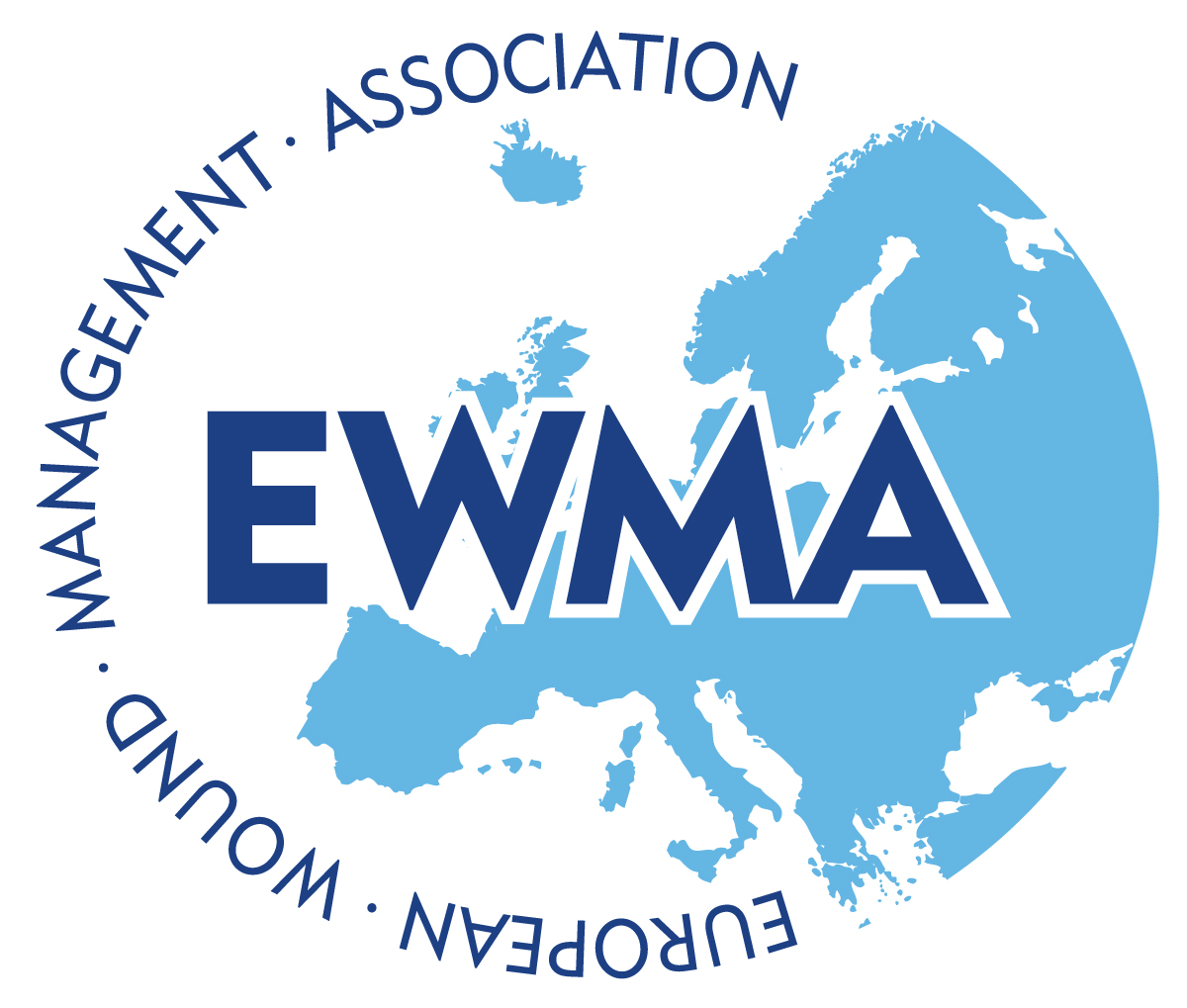Introduction
Advancements in artificial intelligence (AI) are happening rapidly across healthcare, and wound care is no exception. While AI-driven technologies are not here to replace clinicians, they have the potential to be powerful tools - enhancing decision-making, improving efficiencies, and ultimately leading to better patient outcomes.
As with any new development in healthcare, the key to successful integration lies in a balanced approach: embracing innovation while ensuring safety, reliability, and responsible implementation. In this blog, we provide a brief overview of the evolution of AI in healthcare, its current and future applications in wound care, and how clinicians can best navigate this technological shift.
For details, please refer to the Webinar “The Promise and Responsibility of AI in Wound Care”, available for free to all AAWC Members.
The Origins of Artificial Intelligence in Healthcare
Artificial intelligence, as a concept, dates back to the mid-20th century. Early AI models were built on the idea of mimicking human intelligence through algorithms and computational learning. Over time, AI progressed from simple rule-based systems to more sophisticated machine learning and deep learning models, capable of analyzing complex datasets, recognizing patterns, and making predictive recommendations.
In healthcare, AI's journey began with clinical decision support systems and diagnostic algorithms, but recent advancements have expanded its role significantly - particularly in areas such as imaging, diagnostics, and personalized medicine.
The Evolution of AI in Healthcare
The term "Artificial Intelligence" was coined by John McCarthy in 1955, a computer science professor at Stanford University. Since then, AI has evolved a lot and the development of AI in healthcare has progressed through three key epochs:
AI 1.0 – Symbolic and Probabilistic Models
This early phase focused on rule-based systems, where AI was programmed with predefined rules to assist in clinical decision-making. While useful, these systems were limited in their ability to adapt or learn from new data. Examples include traditional ‘expert system’-based clinical decision support tools.
AI 2.0 – Machine Learning and Deep Learning Models
The introduction of machine learning enabled AI systems to learn from data, improving performance over time. With classification, prediction, and pattern recognition capabilities, this era saw the rise of sophisticated diagnostic tools, predictive analytics, and personalized treatment plans. Examples include AI models that help classify diabetic foot ulcers.
AI 3.0 – Generative AI
Today, we are in the third epoch of AI, characterized by generative AI, which can create human-like text, images, and even treatment plans. While highly flexible and powerful, generative AI also comes with risks, such as hallucinations (inaccurate or made-up information). Ensuring clinical judgment and rigorous validation are imperative for AI integration in clinical practice. Examples include PubMedGPT.
Current Applications of AI in Wound Care
Wound care can be categorized into wound diagnosis, wound management, and wound prognosis & prevention. In the webinar, we introduce a framework that highlights the potential benefits of AI-driven technologies from epochs 2.0 and 3.0 in these key areas.
Refer to the Webinar “The Promise and Responsibility of AI in Wound Care” to explore how AI is being leveraged to:
- Improve clinical decision-making by providing clinicians with faster and more accurate access to critical information.
- Predict healing outcomes with advanced machine learning models.
- Support clinicians in optimizing wound diagnosis, prognosis, and management.
Ensuring Responsible AI Use in Wound Care
While AI offers many benefits, it is crucial to acknowledge its limitations. The potential for AI to generate incorrect or misleading information—known as AI hallucinations—poses a significant risk in healthcare.
Responsible AI use requires a robust framework that ensures AI tools are accurate, reliable, and transparent. It involves:
- Rigorous Testing & Validation – Ensuring AI tools are accurate, reliable, and transparent.
- Continuous Monitoring – Regular assessment of AI performance to maintain reliability.
- Clinician Education – Training healthcare professionals on AI’s limitations and its role as a support tool rather than a replacement for human judgment.
In the webinar, we also share our journey in developing an AI-powered clinical intelligence solution to help clinicians quickly access trusted, evidence-based wound care information. The resulting AI model is specifically trained to prevent hallucinations, and ensure that every answer comes directly from a carefully vetted knowledge base. This knowledge base is built through a rigorous, unbiased editorial process, guaranteeing both accuracy and reliability.
Key Considerations for Responsible AI in Wound Care
During the webinar, we also discussed critical considerations for AI adoption in wound care, including:
- Data Collection & Accessibility – Ensuring diverse and representative datasets.
- Algorithm Training & Diversity – Preventing bias in AI models.
- Ethical & Legal Concerns – Addressing liability and regulatory challenges.
- Data Privacy & Security – Safeguarding sensitive patient information.
- Equitable Access & Cost – Ensuring AI tools remain accessible to all healthcare clinicians.
Conclusion
The integration of AI into wound care is promising, but it requires a balanced approach. Staying open to the advancements AI can bring, while proactively addressing challenges, is critical to ensuring the safe and effective use of these technologies.
It is also essential to remember that these tools are meant to support, not replace, human judgment. Moreover, AI should be used to enhance, not undermine, the patient-clinician relationship. In wound care, where trust and communication are critical, it is essential that AI tools are used in a way that supports, rather than disrupts, this relationship.
References
- Chen M-Y, Cao M-Q, Xu T-Y. Progress in the application of artificial intelligence in skin wound assessment and prediction of healing time. Am J Transl Res. 2024 Jul 15;16(7):2765–76
- Ganesan O, Morris MX, Guo L, Orgill D. A review of artificial intelligence in wound care. Artif Intell Surg. 2024 Nov 4;4(4):364–75.
- Howell MD, Corrado GS, DeSalvo KB. Three epochs of artificial intelligence in health care. JAMA. 2024 Jan 16;331(3):242–4.
- Rippon MG, Fleming L, Chen T, Rogers AA, Ousey K. Artificial intelligence in wound care: diagnosis, assessment and treatment of hard-to-heal wounds: a narrative review. J Wound Care. 2024 Apr 2;33(4):229–42.
- Song EH, Milne C, Lucchese AC. The Promise and Responsibility of AI in Wound Care: Enhancing Clinical Decision-Making. Accessed on 2/21/25 from https://woundreference.com/blog?id=responsible-ai



